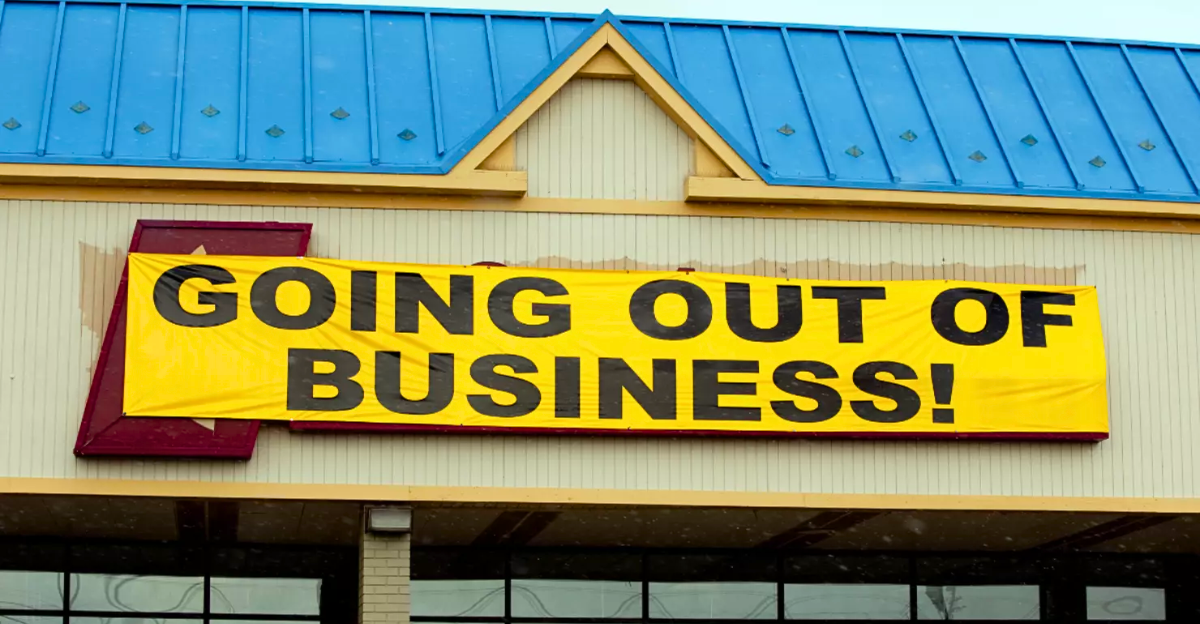
In Gassaway, West Virginia, the town’s only grocery store is preparing to shut down. It’s part of a growing wave of a grocery chain store closures that’s hitting small communities from Tennessee to Texas.
CNN reports that 60 supermarkets are closing over 18 months, leaving locals worried about higher food prices and fewer options. This shake-up comes after a failed $25 billion merger and a major financial loss. Residents are bracing for longer drives, lost jobs, and the end of their local shopping spots.
So, what’s really happening behind the scenes, and who made the call to walk away?
60 Closures Across 12 States—and That’s Just the Start
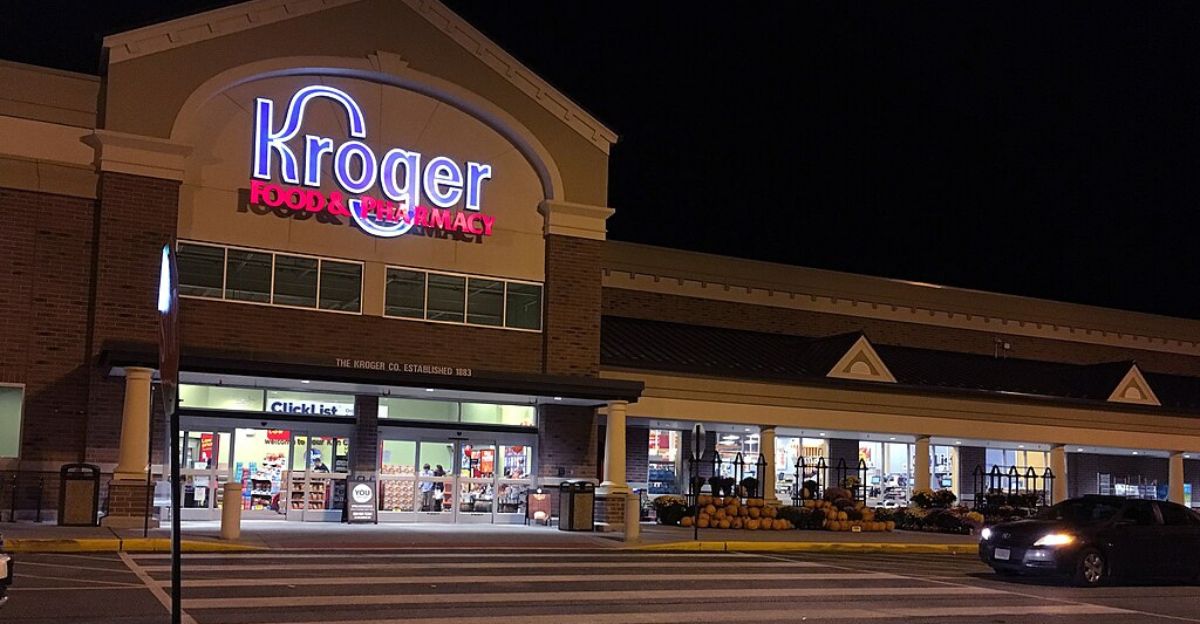
Kroger’s latest financial filing confirms the plan: 60 stores will shut their doors by the end of 2026. The company says these locations are “underperforming” and the closures will help it reinvest in better shopping experiences elsewhere. The chain operates about 2,700 stores, so this cut is just 2%, but it hits rural and older suburban areas hardest.
Food prices have jumped 25% since 2019, and smaller towns aren’t seeing enough foot traffic. Kroger’s betting on online sales and urban stores to fill the gap, but for many, that’s cold comfort. Now let’s see which company is behind this move.
Why Is Kroger Leaving These Towns Behind?
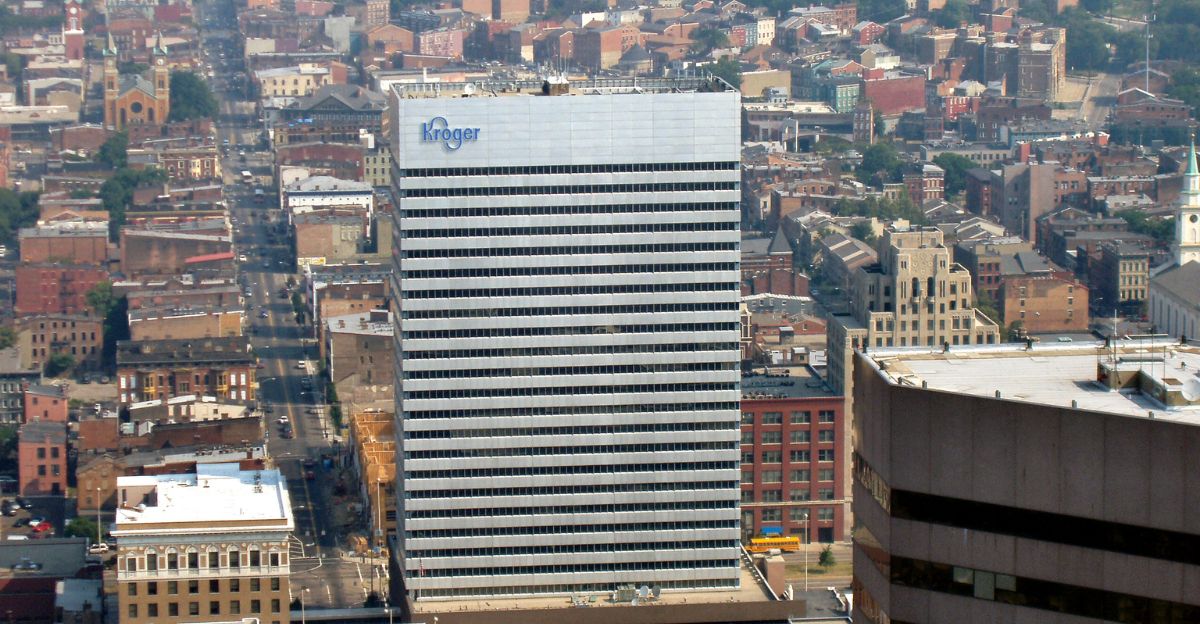
Kroger is pulling back after a tough few years. Its planned merger with Albertsons collapsed, costing money and time. Labor tensions led to higher wages in some states. And as more people shop online, some stores stopped turning a profit.
Interim CEO Ron Sargent admitted not all locations are sustainable. But union leaders argue the company is putting shareholders first and hurting families who depend on these stores. Kroger’s move could backfire, giving Walmart and Dollar General a chance to scoop up loyal customers in small towns.
Now let’s take a closer look at where these closures are happening.
Which Towns Are Losing Their Grocery Stores?
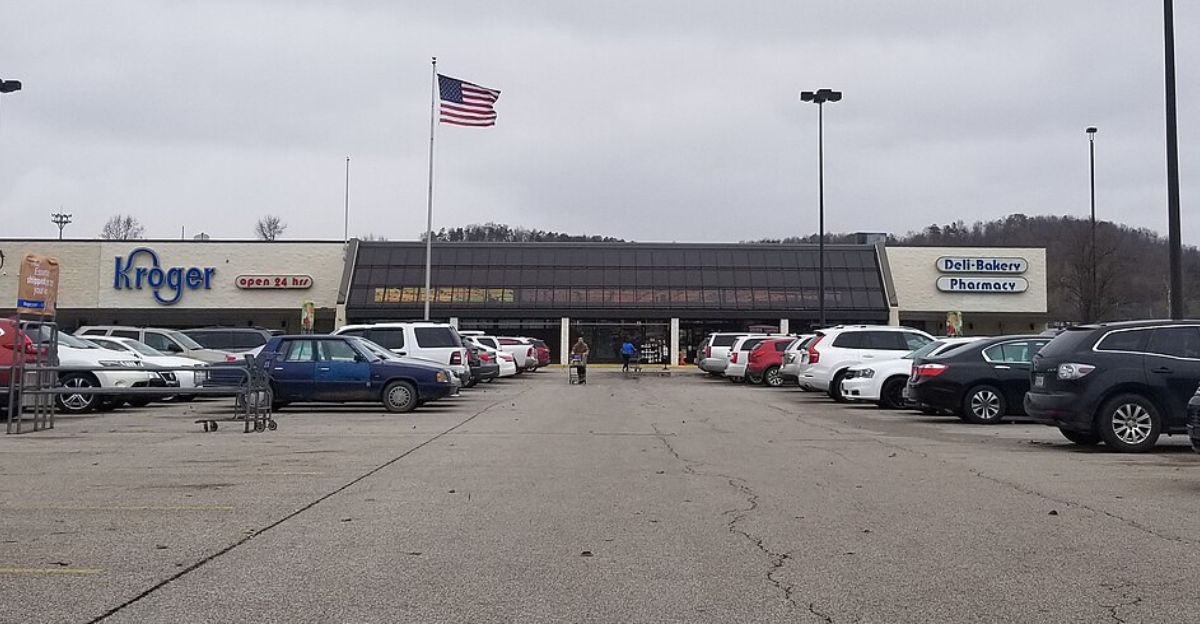
Here’s a list of confirmed closures from local news, unions, and Kroger’s own announcements:
- Virginia (Charlottesville, Abingdon),
- West Virginia (Gassaway),
- Tennessee (Kingsport),
- Georgia (Atlanta, Alpharetta, Decatur, Brookhaven),
- Illinois (Peoria, Buffalo Grove, Bloomingdale, Northbrook),
- Wisconsin (5 cities),
- Indiana (South Bend, Elkhart, Shoals),
- Texas (McKinney, Dickinson),
- Kentucky (Louisville),
- Louisiana (Bossier City),
- Maryland (Rockville),
- North Carolina (Raleigh).
Some closures involve Kroger’s other banners like Mariano’s, Harris Teeter, Jay C, and Pick ’n Save. And more towns may soon be added to this list.
Gassaway’s Loss: A Town Turns Into a Food Desert
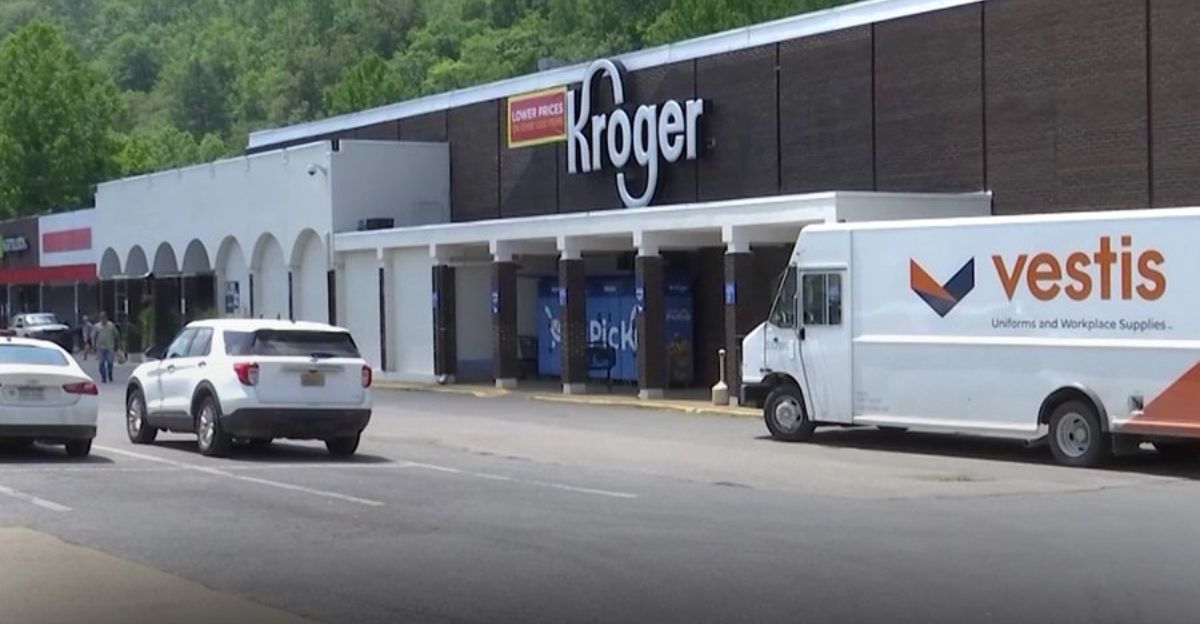
Gassaway, West Virginia, is losing more than a grocery store. When Kroger closes there, it’ll leave behind 700 residents with no full-service option nearby. The local library and food bank depend on the store’s donations, and now they expect serious shortages. Residents will have to drive 40 miles round trip for groceries. For seniors and low-income families, that’s a major problem.
Studies show home values drop when stores leave, and health problems rise when fresh food becomes harder to find. Other small towns could soon face the same reality. But Gassaway won’t be the only one struggling.
Other Small Towns Are Feeling the Pressure Too
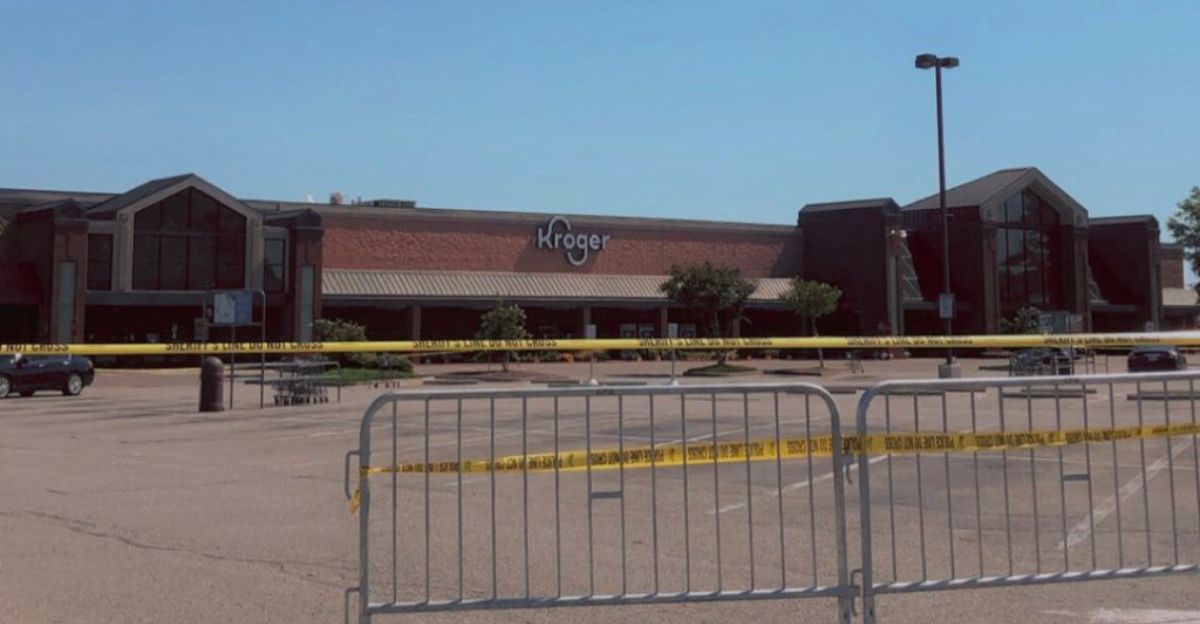
Shoals, Indiana, is losing its Jay C store on July 31. That leaves only a Dollar General, which doesn’t offer fresh produce or meat. In Abingdon, Virginia, 81 workers are affected by the Kroger closure, and many elderly residents will now face longer and more expensive trips to shop.
Research shows that when grocery choices shrink, people tend to eat less healthy food. That’s a long-term health concern. More than 1,500 people signed a petition asking Kroger to stay, but the decision was already made. For towns like these, a mid-size store is not just a business, it’s part of daily life.
Even Growing Suburbs Are Seeing Their Stores Close

It’s not just rural towns. Busy suburbs are getting hit, too. In Brookhaven, Georgia, many residents rely on public buses. The local Kroger’s closure will leave a big gap. McKinney, Texas, was once one of America’s fastest-growing suburbs. Now, shoppers there are being pushed toward Walmart or H-E-B.
These exits create a ripple effect. Property values can dip, and small retail centers lose foot traffic. Local realtors say big vacancies attract lower-end chains and reduce shopping options. Kroger hopes people will switch to online orders or use pickup lockers, but some shoppers still prefer aisles over apps.
Jobs Lost, Trust Broken, Taxes Gone
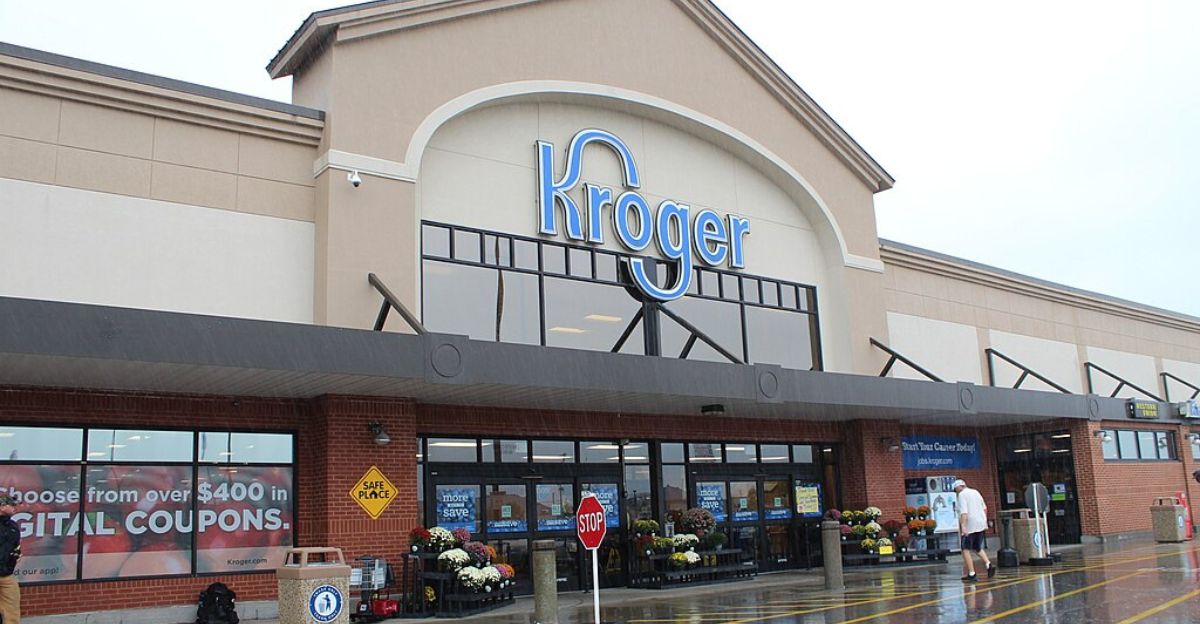
Each Kroger employs about 80 to 100 people. So 60 store closures could affect as many as 5,000 workers. Union leaders say losing these jobs means losing their union wages with better pay and benefits. Local governments also lose sales tax, property tax, and donations that Kroger stores used to provide.
In many towns, these stores hosted fundraisers, community drives, or even weekly meetings. Without them, local groups lose a central gathering spot. Small vendors who supplied these stores, like bakeries and florists, also face concern, as they now face fewer buyers. For some, the economic fallout is just beginning.
Kroger’s New Game Plan: Go Big and Go Digital
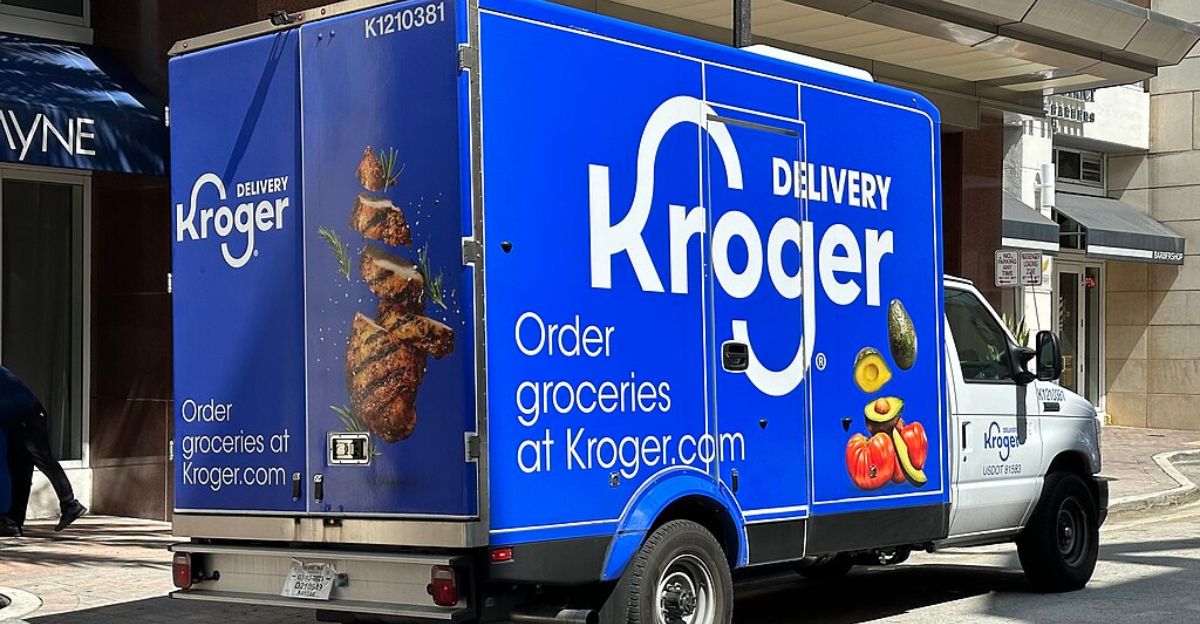
After the failed merger with Albertsons, Kroger is shifting gears. Instead of buying other chains, it’s closing smaller stores and focusing on e-commerce and larger-format locations. The company plans to open 30 new stores in wealthier areas. Some analysts compare the move to Target’s earlier retreat from rural markets before it boomed in the suburbs.
But Kroger faces heavy competition from Walmart, Amazon, and other delivery services. Cutting smaller stores may free up money for tech upgrades, but it could also hurt the brand. In towns losing their store, it’s hard to feel good about a digital future.
What Happens After Kroger Leaves?
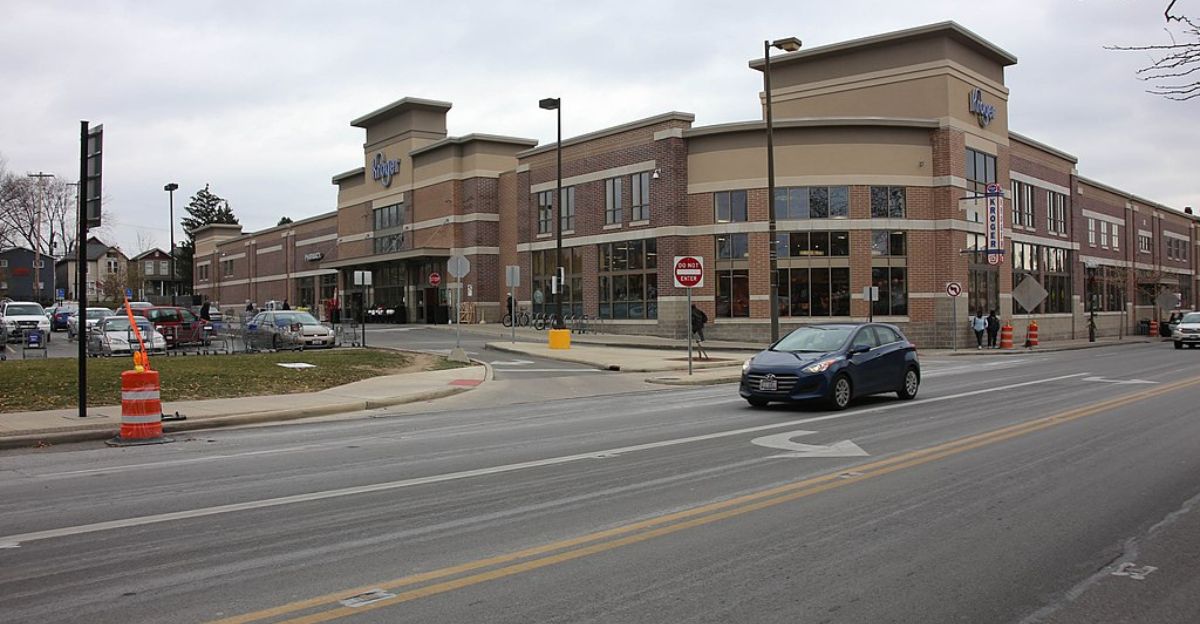
With stores closing through 2026, many communities are scrambling to respond. Some are looking to launch food co-ops, mobile markets, or use government grants to bring in fresh food.
In some areas, dollar stores may move in, but that often means fewer healthy choices. Lawmakers might try to revive tax breaks or update food stamp rules to cover delivery fees.
Kroger might experiment with drones or pop-up shops to rebuild trust. But one thing is clear: big chains don’t always stick around. For many towns, staying fed will now require creativity, teamwork, and a new way of thinking.